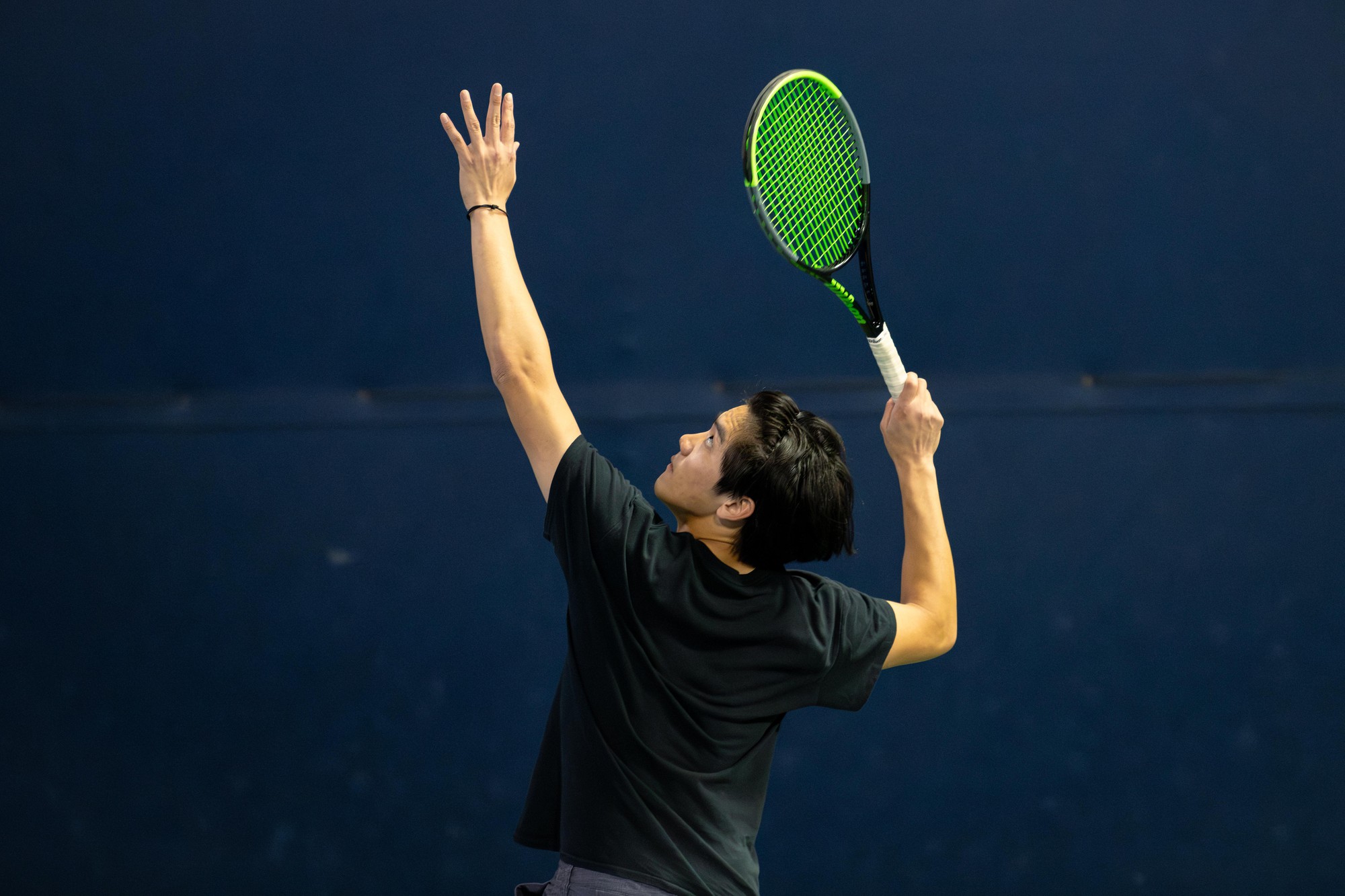UCLA is known for its competitive culture. Whether it’s academics, extracurriculars or even waiting in line for a dining hall meal, students constantly navigate an environment where competition is the norm. At first glance, Intramural, or IM, sports seem like a low-pressure way to stay active and involved as they offer a space where students can try new sports, make friends, and engage in friendly competition. The UCLA Recreation website describes IM sports as “more leisurely than club sports” and promoting “an active lifestyle and friendly competition in a fun, safe environment.”
But do IM sports really provide a welcoming space for beginners, or have they evolved into an option primarily for experienced athletes? A closer look at the IM culture suggests that prior experience may be an unspoken requirement for real participation.
IM leagues are structured through divisions and classifications. Divisions separate competition by groups, such as fraternities, men’s, women’s and co-ed leagues. Classifications (A and B) allow players to compete at different skill levels. Unlike club sports, which require tryouts and time commitment, IM teams are designed to be more casual.
For Kate Gruetter, a first-year student majoring in English who started her own IM soccer team in the women’s division, forming a team was surprisingly easy.
“I missed the community and the team aspect of playing soccer,” Gruetter said. “I wanted something that would add to my community, not take away from it. That’s why I shied away from trying out for club—I was worried that it would take away from my sorority and social life.”
Having played soccer before, she anticipated that many of her teammates would have some experience and wasn’t surprised to find that most had athletic backgrounds. “About 75% of players on my team have played soccer before,” she said. “Everyone is athletic in some way—whether that’s endurance, strength or running—and they all just want to be active and social.”
Gruetter emphasized an important aspect of enjoying IM sports: “I’d recommend playing with people you know, so if you mess up or aren’t very good, you can feel comfortable.”
While some IM teams prioritize inclusivity, others take competition more seriously. Joey Green, a first-year economics student who played on an IM football team in the co-ed division, joined mainly because his friends needed extra players. With nine years of tackle football experience, he found the skill level among IM participants to be all over the place.
“Some people were really good, and others were really bad,” Green said. “Some teams were insane, and some were absolute bots. It was a pretty drastic difference.”
Although he generally found IM sports to be welcoming, he noticed that the competitive edge became more pronounced in the playoffs. “Some of our opponents were taking it way too seriously and were mean when they won,” he said, suggesting that IM sports aren’t always as lighthearted as they seem.
From another perspective, Gianna Feldsien, a first-year majoring in business economics and club soccer player, also noticed the influx of experienced athletes into IM leagues.
“I met about ten girls at club soccer tryouts who all joined an IM team together after not making the team,” Feldsien said. “Most of them made it to the second or third round of tryouts.”
She believes that IM sports largely consist of former high school athletes. “Most people playing IM soccer have played in high school. I wouldn’t say they’re necessarily club team hopefuls, but they aren’t total beginners either.”
Like Green, she observed that some leagues were more competitive than others. “Co-ed leagues are way more competitive, especially as a female playing against guys. It’s way less intense if I’m just playing with girls.”
Her observations resonated with my own experience. As the author of this article, I joined an IM soccer team despite never having played before. My friends assured me it was just for fun, but I quickly realized that all of my teammates had at least some experience.
In our first game, I started the first quarter but barely played afterward. We lost 8-2 to a team composed of girls who did not make the club soccer team. However, despite the loss, I still had lots of fun. My team seemed to be enjoying ourselves more than the team that won.
Overall, IM sports technically remain open to all students, and many players describe the leagues as welcoming. However, the presence of former high school athletes and club team hopefuls raises questions about how accessible these leagues truly are for beginners. While some teams embrace a relaxed approach, others lean toward a more competitive atmosphere, especially in higher-stakes games and co-ed divisions.
For students looking to try a sport for the first time, joining with friends or forming a team with other beginners may be the best way to make the experience both enjoyable and rewarding.
—
Featured Image: An Intramural tennis player throws the ball eloquently, readying to serve. His serves load top speed amongst the other players, usually leading to immediate points. Photographed by Catherine Rodriguez/BruinLife.

